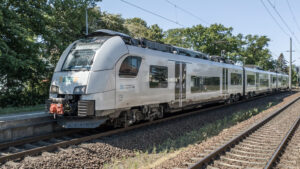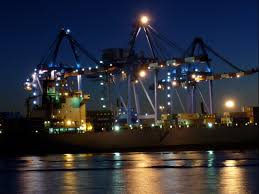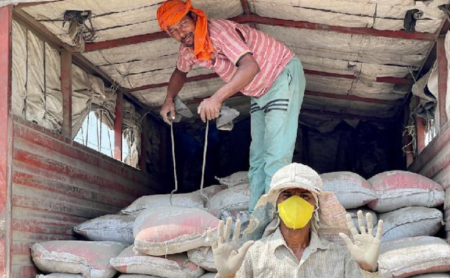Freight transport contributes significantly to urban emissions in India, yet data gaps persist across cities. This article explores the need for smarter, consistent reporting to shape sustainable logistics and informed climate action at the local level.
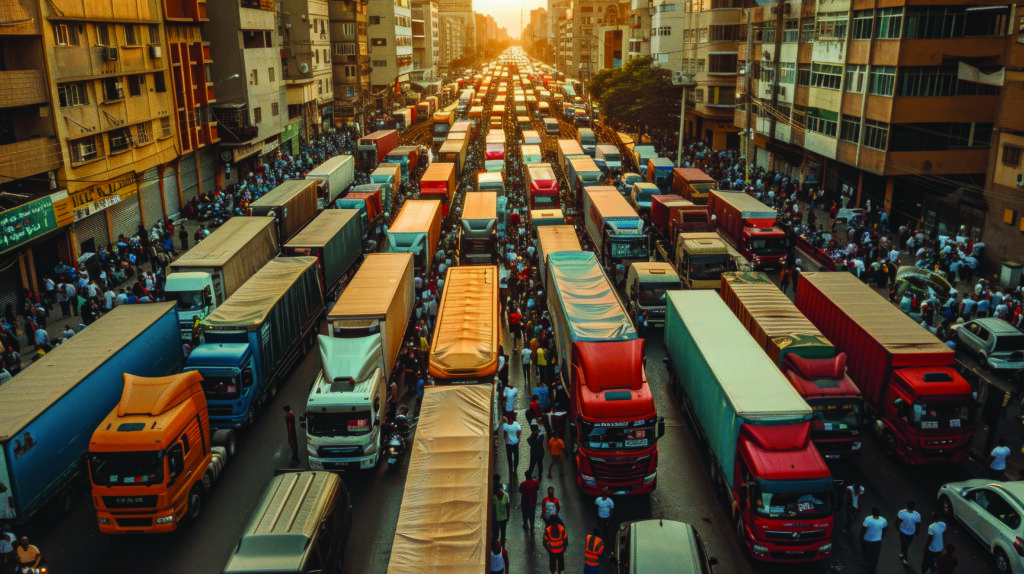
Urban freight emissions remain overlooked despite rising volumes and climate urgency
As India forges ahead on its decarbonisation journey, freight transport quietly occupies a substantial share of urban emissions, yet remains one of the least scrutinised sectors in public environmental disclosures. A close look at the 2023 CDP-ICLEI Cities Questionnaire reveals an emerging but incomplete picture: while Indian cities are reporting on freight, are they truly capturing what matters?
The data, sourced from disclosures by nine Indian cities, Ahmedabad, Bangalore, Chennai, Delhi, Kolkata, Mumbai, Pune, Rajkot, and Surat, offers a snapshot of how freight is being recorded under the “Transport Data” section. While the inclusion itself marks progress, the nature and depth of the data present critical opportunities for improvement.
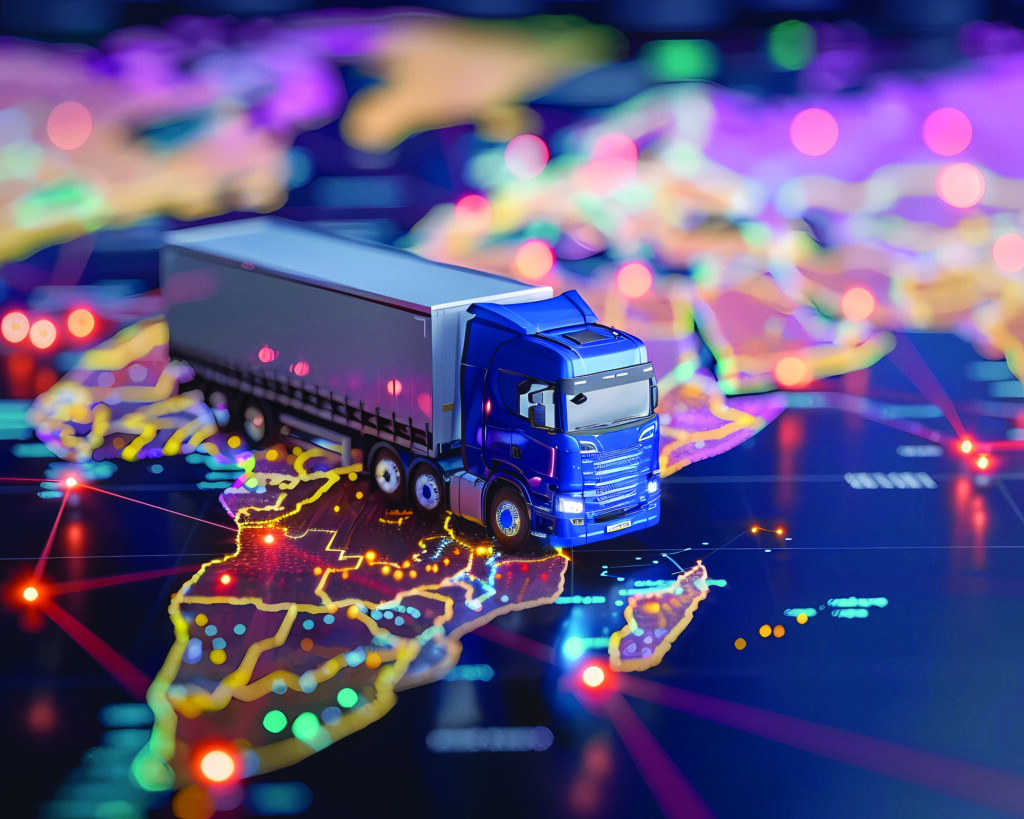
Fragmented data systems hinder effective urban freight climate action planning
What’s unsaid?
At first glance, the landscape appears promising: every participating city addresses freight emissions in some form. Ahmedabad, Bangalore, and Delhi responded to 22 of the 23 freight-related indicators, a clear attempt at comprehensive documentation. Kolkata and Chennai followed closely, with 21 and 19 responses, respectively.
However, upon detailed review, the disclosures lean heavily toward qualitative or categorical data, lacking specific quantitative insights. Key metrics such as freight vehicle kilometres travelled (VKT), emission factors by fuel type, or mode-specific breakdowns (e.g., trucks vs. inland waterways) are often missing.
Responses like “not applicable,” “data not available,” or “planned for future reporting” appear too frequently. For example, questions related to inland water transport consistently receive “Question not applicable” as the response, highlighting a pattern of incomplete coverage.
This patchy availability hampers efforts to compare emissions across cities or track trends over time, limiting the ability to design effective policies or evaluate their impact.
Why freight emissions matter
Freight transport contributes an estimated 40%–50% of urban transport emissions in India, according to various national studies. With e-commerce surging and logistics networks expanding rapidly, cities are witnessing a growing freight footprint, one that brings not just carbon, but also congestion.
Yet, most urban climate action plans remain overwhelmingly focused on passenger mobility. The absence of dedicated freight strategies is less an oversight and more a structural blind spot, rooted in fragmented responsibilities, weak data systems, and limited technical expertise at the city level.
The glaring data gaps
While passenger mobility enjoys policy priority and funding, urban freight often lacks the same level of support. Take Delhi, for instance, despite progressive moves on electric buses and multimodal integration, its freight data omits crucial emissions indicators such as particulate matter from diesel fleets or night-time delivery impacts on local air quality.
Mumbai’s reports mention freight emissions but don’t include detailed insights into cargo volumes, routes, or vehicle categories, information essential to designing carbon-efficient logistics.
Even where emissions data is included, cities tend to rely on regional averages or default values. These generalised figures fail to reflect the local fleet characteristics, usage behaviours, or real-time dynamics necessary for accurate assessments.
Other cities, like Surat and Rajkot, acknowledge the lack of disaggregated data but cite limited technical capacity and resource constraints. In several cases, responses were marked by uncertainty over ownership of freight-related responsibilities, reflecting an administrative disconnect that further complicates coordinated action.
Advancing sustainable logistics
India’s climate targets are ambitious: a 45% reduction in emissions intensity by 2030 and net zero by 2070. For cities to play their part effectively, freight must be a core focus. This means moving beyond generalities toward data that is consistent, granular, and actionable.
Better data enables realistic target-setting, progress tracking, and stronger collaboration with the private sector, particularly as logistics providers increasingly rely on digital tools for route optimisation and fleet management. Without detailed reporting, many high-emission activities remain invisible within voluntary frameworks, weakening overall accountability.
The way forward: Smarter data, Stronger cities
Transforming urban freight from a blind spot into a climate asset begins with recognising its municipal relevance. Local governments need both resources and frameworks to measure, monitor, and mitigate freight emissions meaningfully.
Several strategic steps can help bridge the data gap:
- Unified data templates that capture freight-specific metrics will standardise reporting across cities.
- Public-private partnerships can encourage real-time data sharing between city authorities and logistics providers.
- Mandatory freight data audits within national climate action plans will foster accountability and evidence-based policymaking.
- Capacity building through national programmes, supported by climate finance, can provide cities with the tools and expertise they need to implement sustainable logistics solutions.
Moreover, it’s important for cities to look beyond carbon. Freight intersects with issues like noise pollution, road safety, and urban equity. Smarter infrastructure planning, such as designated loading zones, electric freight corridors, and low-emission logistics hubs, requires data to shape effective implementation.
A clearer picture
India’s cities are navigating a complex emissions landscape. Freight transport, though often underreported, holds immense potential for climate gains if approached with focus and strategy. While current disclosures show an encouraging start, the road to sustainability will demand more than basic participation, it will require clarity, commitment, and collaboration.
Data is not just a record, it’s a roadmap. And for India’s urban freight systems, that roadmap must become clearer if the country is to meet its climate ambitions. The good news? Cities are beginning to open their eyes, and the first step to seeing clearly is knowing where to look.
Source:
CDP-ICLEI Track: 2023 Cities Questionnaire – India Data Set
https://www.cdp.net/en/data

